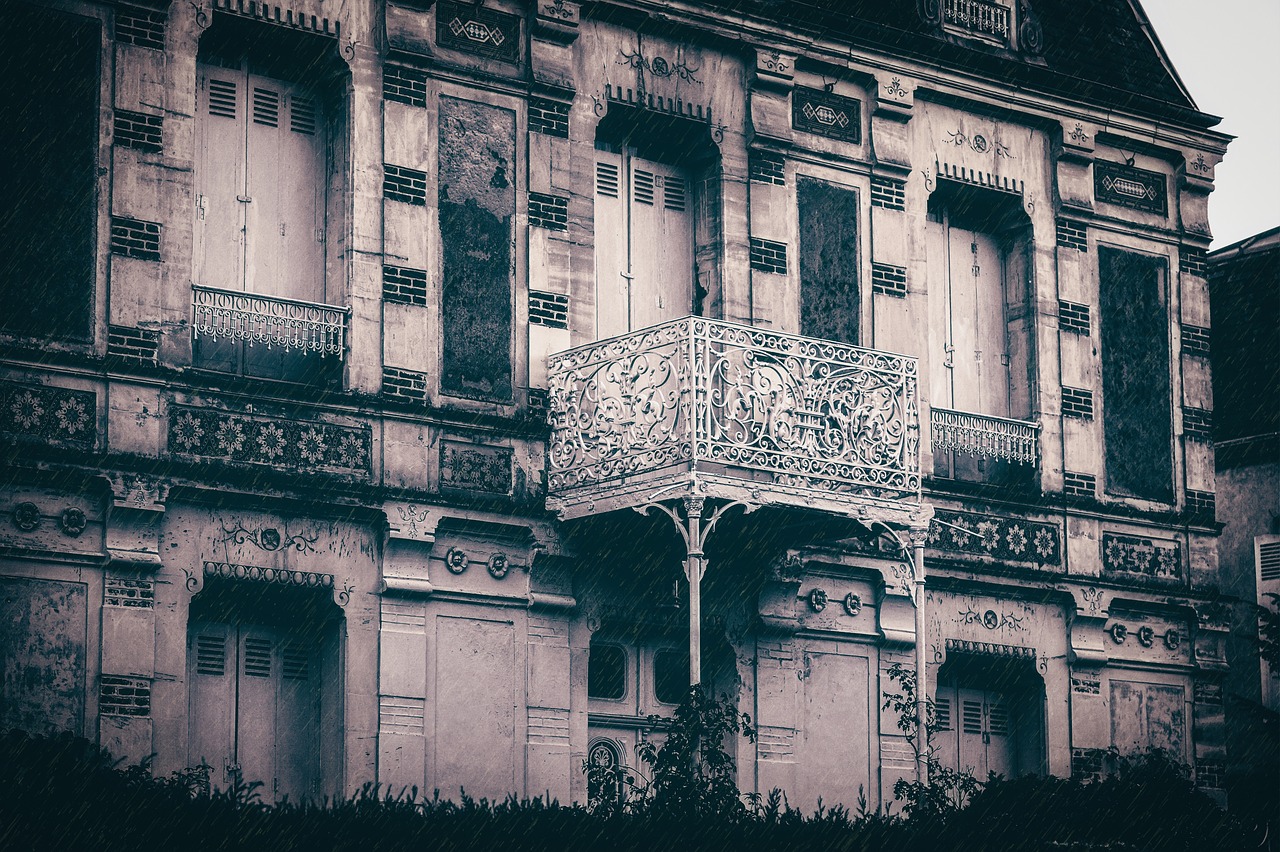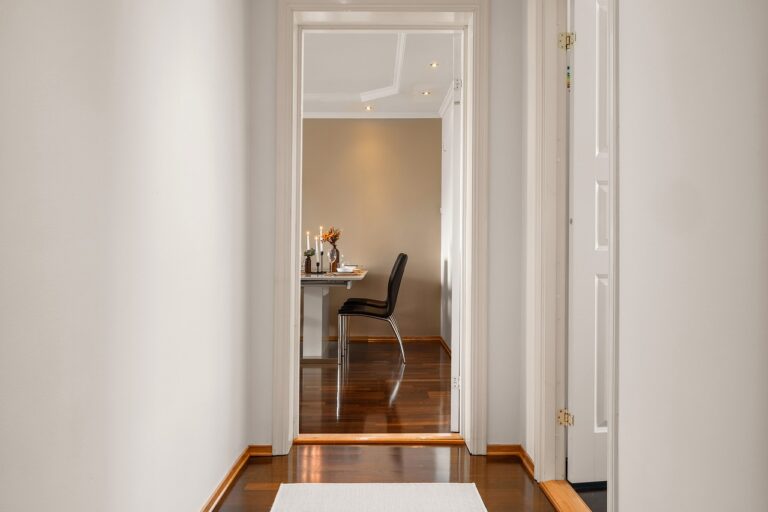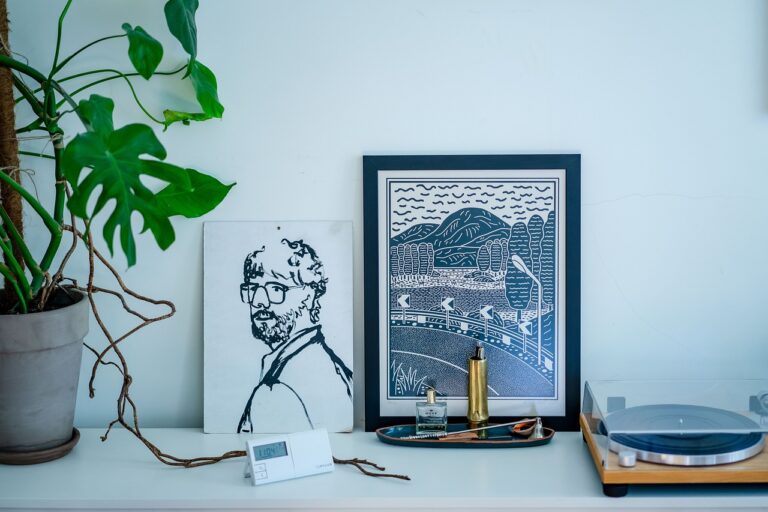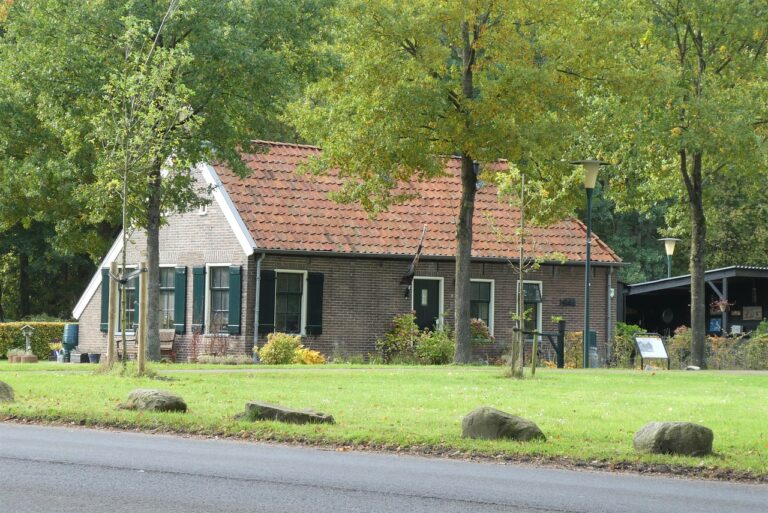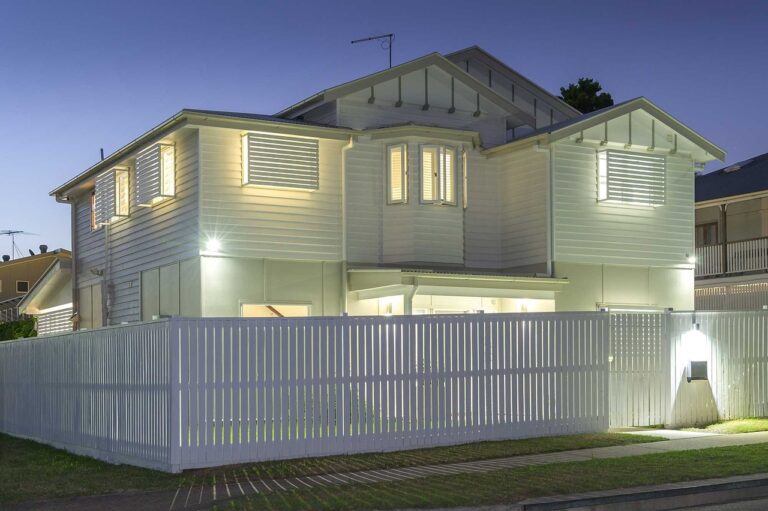The Influence of Victorian Era Design in Contemporary Home Interiors
During the Victorian Era, design elements were characterized by ornate details, rich colors, and intricate patterns. Furniture pieces often featured elaborate carvings and embellishments, showcasing the craftsmanship of the era. Heavy, dark woods such as mahogany and walnut were commonly used to create a sense of opulence and grandeur in interior spaces.
Additionally, textiles played a crucial role in Victorian design, with luxurious fabrics like velvet, silk, and brocade being popular choices for upholstery and curtains. Fringes, tassels, and lace were commonly used to add texture and decorative flair to furniture and drapery. This attention to detail and emphasis on lavish ornamentation are key elements that define the Victorian Era design aesthetic.
Characteristics of Victorian Era Architecture
The Victorian era architecture is known for its intricate details and ornamentation on buildings. One of the key characteristics of this architectural style is the use of various textures and materials to create a visually stimulating facade. Decorative elements such as gables, turrets, and ornate trim work are commonly seen in Victorian buildings, showcasing the craftsmanship of the era.
Another defining feature of Victorian era architecture is the incorporation of diverse architectural styles into one structure. It was common to see a mix of Gothic, Italianate, and Queen Anne styles in a single building, creating a unique and eclectic appearance. The emphasis on asymmetry and irregular floor plans also set Victorian architecture apart from previous architectural styles, reflecting the design tastes of the time.
What are some key elements of Victorian Era design?
Some key elements of Victorian Era design include ornate decoration, asymmetrical facades, steeply pitched roofs, decorative trim and molding, and large windows.
What are the main characteristics of Victorian Era architecture?
The main characteristics of Victorian Era architecture include a variety of styles such as Gothic Revival, Italianate, Second Empire, Queen Anne, and Romanesque Revival. These styles often feature intricate detailing, eclectic design elements, and a focus on individuality.
How did the Victorian Era influence architecture?
The Victorian Era brought about a shift in architectural design towards more ornate and decorative styles. This period saw the use of new materials and construction techniques, as well as a revival of older architectural styles.
What types of buildings were commonly constructed during the Victorian Era?
During the Victorian Era, a wide range of buildings were constructed including grand mansions, public buildings, churches, and commercial structures. These buildings often reflected the wealth and status of their owners or the community.
Are there any notable examples of Victorian Era architecture that still exist today?
Yes, there are many notable examples of Victorian Era architecture that still exist today, such as the Houses of Parliament in London, the Biltmore Estate in North Carolina, and the Victoria and Albert Museum in London. These buildings showcase the diversity and creativity of Victorian Era design.

